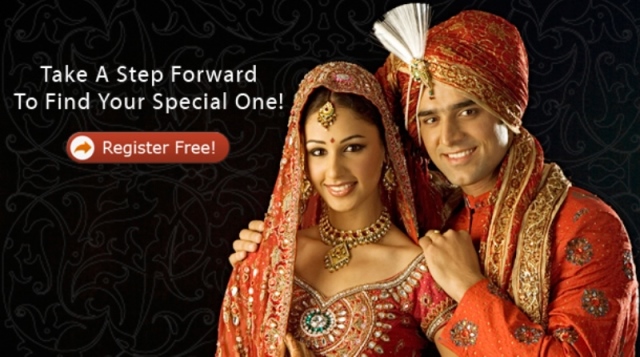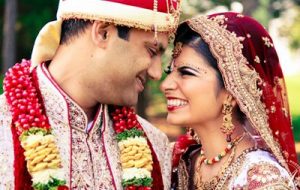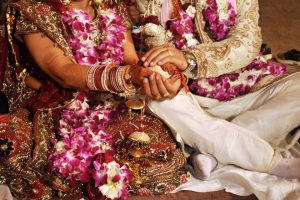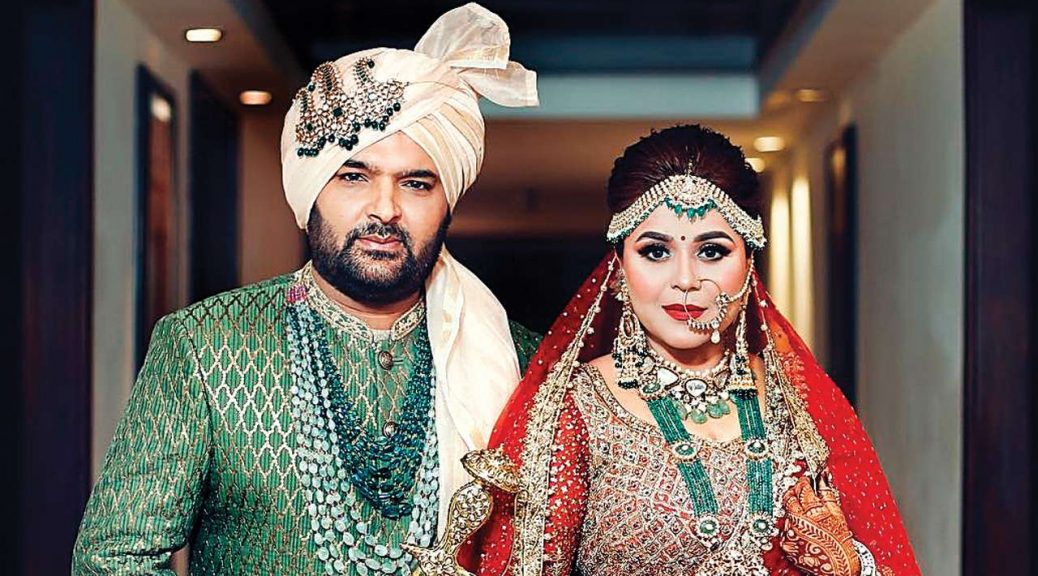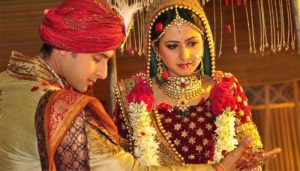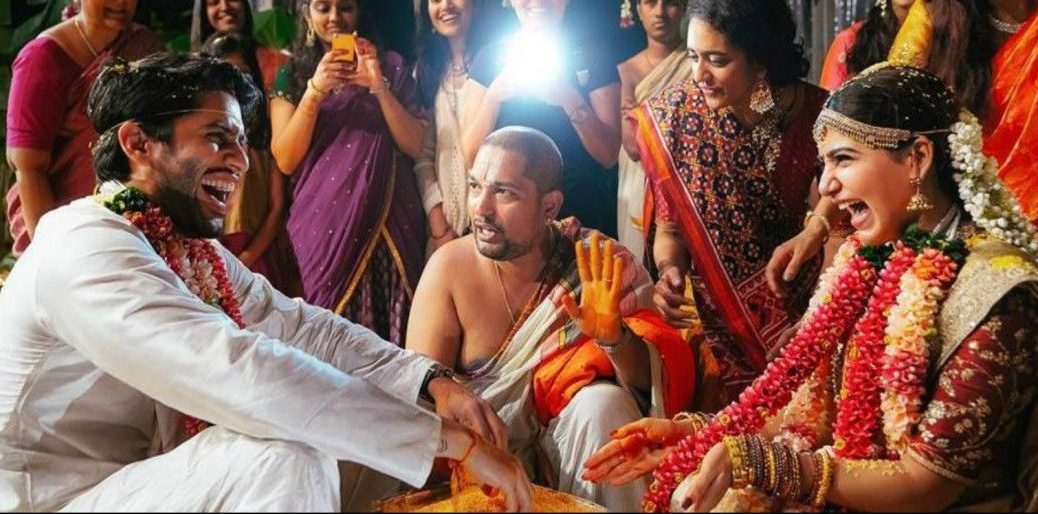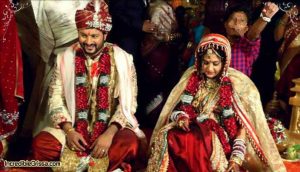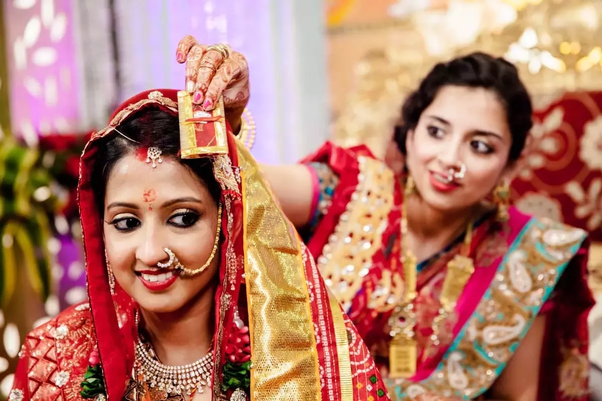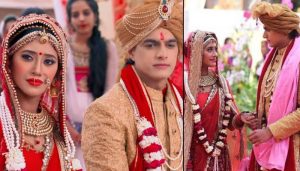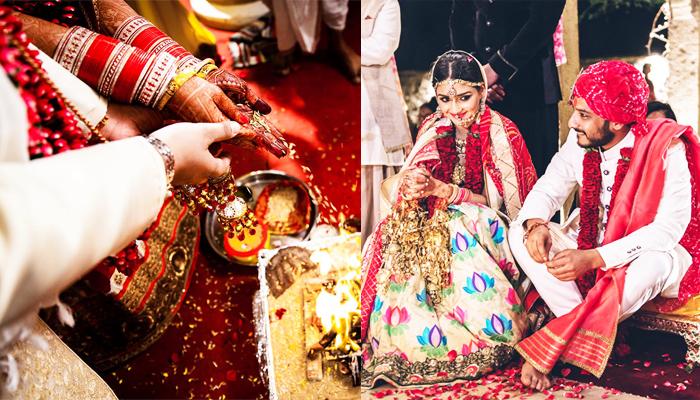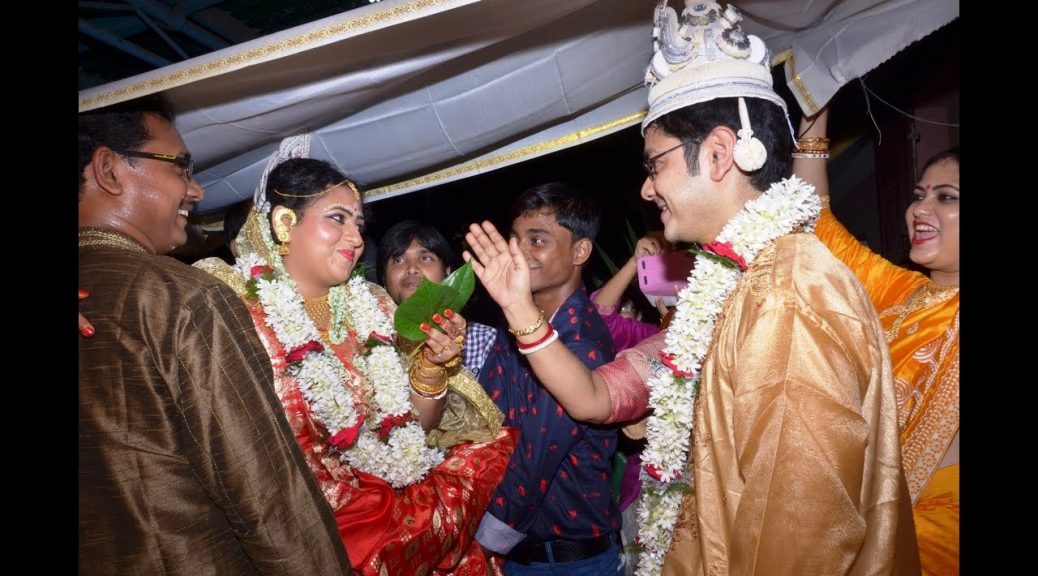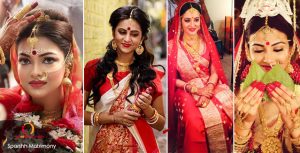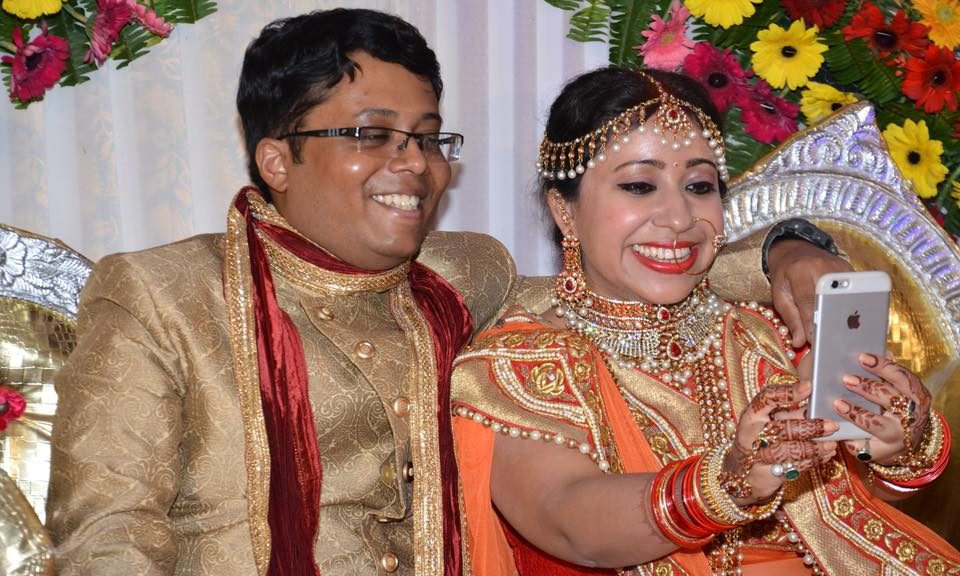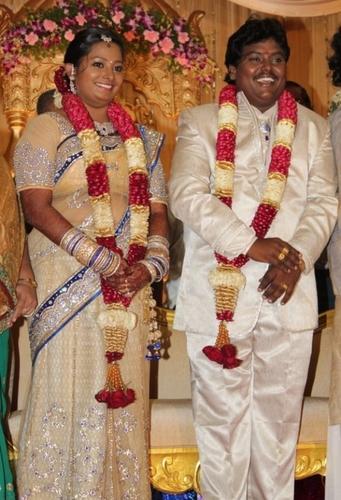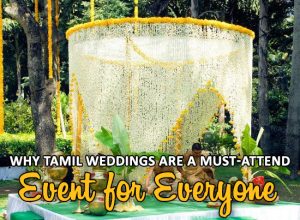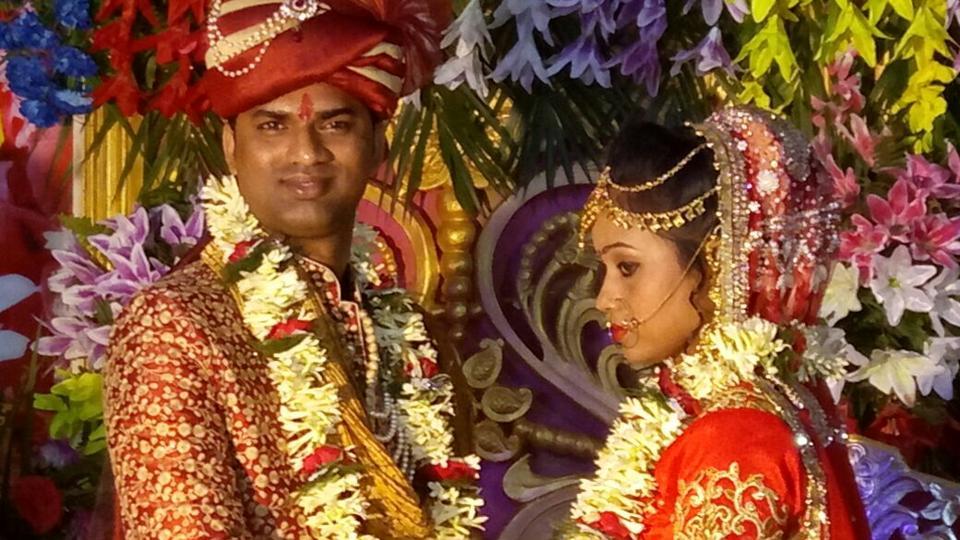
Bihari Matrimony, and its beautiful rituals & Customs
Considered to be the India’slargest wedding ceremony, traditionally Bihari marriages continue for a month. It has narrowed down with the lack of time, but the essence remains the same. The glorious festival of a Bihari wedding and the underlying shows exclusively a combination of Indian wedding ceremonies.
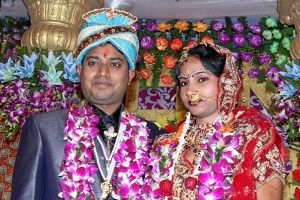
Pre wedding Rituals in Bihari Matrimony
Satyanarayan katha: A common Hindu Bihari marriage begins with Saturnayana, a prayer service alongside the groom’s grandfather along with the groom. Every participant in worship should keep fast for the whole day. A havana (sacred fire) illuminated during the ceremony was enlightened throughout the wedding ceremony.
Cheka: On a Happy Day selected for the formal participation, visit the bride’s place with 7/9/11 member gifts with the groom. The bride and groom exchange formalize their relationship ring. The next day, similar events are repeated by the groom bride in place of groom.
Haldi kutai: In this ceremony, the bride’s mother is involved in other suhasini (married women), so that the whole yellow is beaten in a paste, which is then sent to the bride for the ceremony of Ubatan. When there is humiliation, the women sing a song made of ambiance festival. The same ceremony takes place in the bride’s place.
Tilak: This event refers to the identity of the bride’s house as a sign of Girl’s recognition. The bride’s brother applies tilak (on her forehead) and represents her and her family with happiness (like silver, pottery, sweet, jewelry) as a symbol of happiness. Wedding dresses and pastries (wedding by the mother of the bride) are also given during the ceremony. Held with many curiosity, along with the bride’s family family accountants, sailors, walkers-men and servants. After a decent dinner, the family of Brother’s family and Bridal dress, Nath (nose ring) and Mang vaccination gifts are officially farewell.
Mandappachadan: This event talks about Mandap (Pandal) formal deployment for the wedding. Originally made from bamboo and decorated with banana trees and mango trees, it is not more of a trend nowadays. Five senior married men set up a wooden Harish (good agricultural symbol) in the center of the Mandap.
Haldi: Recommended on a Happy Day for the priests, the ceremony takes place in both places of the bride and groom’s place. The bride / groom is pleased with the wedding of the bride, who is married through singing and teasing, the yellow paste from their respective law and order. The Holi ceremony is again again on the morning of the wedding.
Dhritdhaari and matripoojan: Both rituals and mother-in-laws are performed by both the bride and groom at both places as well as the dead ancestors, as well as two ways to seek forgiveness and blessing from the living elders. The parents of the bride / groom offer bounty (clothes or cash) to bless and bless their potential bride / groom.
Silpoha: This style is held in the early days of the wedding by the mother of the mother, or by her father-in-law (or any other senior married woman). They are as well by other female relatives. The groom’s mother grinds Akshat (rice) on a flat stone cake under the cover of a chute (shaw) with her mother-in-law. As they Green, they seek blessings from gods and elders for a hassle-free wedding.
Imli ghutai: Imli Ghatai ceremony is done by the uncles and uncle of the groom to make a bad inhuman behavior and the groom is advised to stay away from any means. Uncle then after eating an onion on her, the groom keeps her tooth. His mother then takes him away from him and eats himself, which means that he will eliminate all the bad disadvantages lying on his son. The groom then is gifted clothes as a token of blessing by his uncle-aunt.
Wedding day Rituals in Bihari wedding
Paricchavan: Since the groom wants to leave for the wedding ceremony, his mother performs an arati, puts a tilak on the forehead and asks that no evil can harm her. He blesses his son for a happy start.
Baraat prasthaan: In a well-equipped car, the fellow (best man, usually younger brother), leaves the groom with his family and friends for the wedding venue. In the event of a wedding, the family members of the groom family greet their families and carpets. The bridegroom is welcomed by the groom who applies the sesame to the sage and helps him from the car. The bride’s parents then escorts her wedding venue
Jaimala: The bride is now brought to the spot where an undertone of Varendra runs. After this, couples are exchanging marriage with Mala.
Galsedi: Prior to the start of the wedding ceremony, the Prophet’s mother Gulshadi performed the ceremony with other married women, where she carried a small lamp lamp, rattan leaves and cow’s powder containing a plate containing small utensils. After each other, women heat the lamp leaf leaf and use forehead, forehead and eyes at least five times with the left hand. Meanwhile, the rest women thrown cow pumice lumps behind the groom.
Kangna bandhana: The bride’s brother / brother took the bridegroom to the altar, where he joined the bride wearing a yellow silk sari without any jewelry. The couple’s right hand is associated with twin leaves, cotton threads, colored rice, yellow and seasoned seasons, which is worn for the next four days. The offering at the altar is now cut off by the couple’s fingertips and the tenelles.
Kanyadaan: After this, the Kanyaadan ceremony was held. The Prophet’s father stretches his right hand, on which the mother’s mother puts her right hand. Then the groom puts his right hand, which eventually puts his right hand to the bride, keep a cone. All this time, the minister’s minister chants and parents of the bridegroom give away their favorite girl. After posting this event, the bride has retired from her rest house and the bride has officially introduced to the bridegroom’s relatives, for the bride to change her sari for the bride’s review.
Bhaisur nirakshan: In this style, the Prophet’s elder brother (Vaishur) is related to the bride’s father-in-law decorating the bride with the jewelry sent by her mother-in-law. By covering their head with a handkerchief / hat, they bless the bride, give her a pair of Saris and Lehnagas, and finally decorate them with jewelry.
Kuldevta ki puja: Decorated in a new sari and jewelry, as well as the bride bridegroom entered the altar for worship as well as Kuldevta. The couple took the promise series, the priests made the body of the planet (sun, moon, star, earth and sky) to witness this union.
Pheras: The couple now wants to return to the holy fire. When they roam, the sister threw a fire in her hand and thrown it into the fire. After this, the groom applied the scent on the deaf’s forehead, starting from the top of his nose in his hairy part. Although this is repeated five times, the eyes of the bride remain closed throughout this work. The bridegroom keeps mugsutra / tugpag around the neck of the bride to finish formal wedding ceremony. The bride retired from the bridal chamber then decorated.
Bihari wedding countries longest wedding ceremony. For Bihari bride and grooms register online to get your best match.
